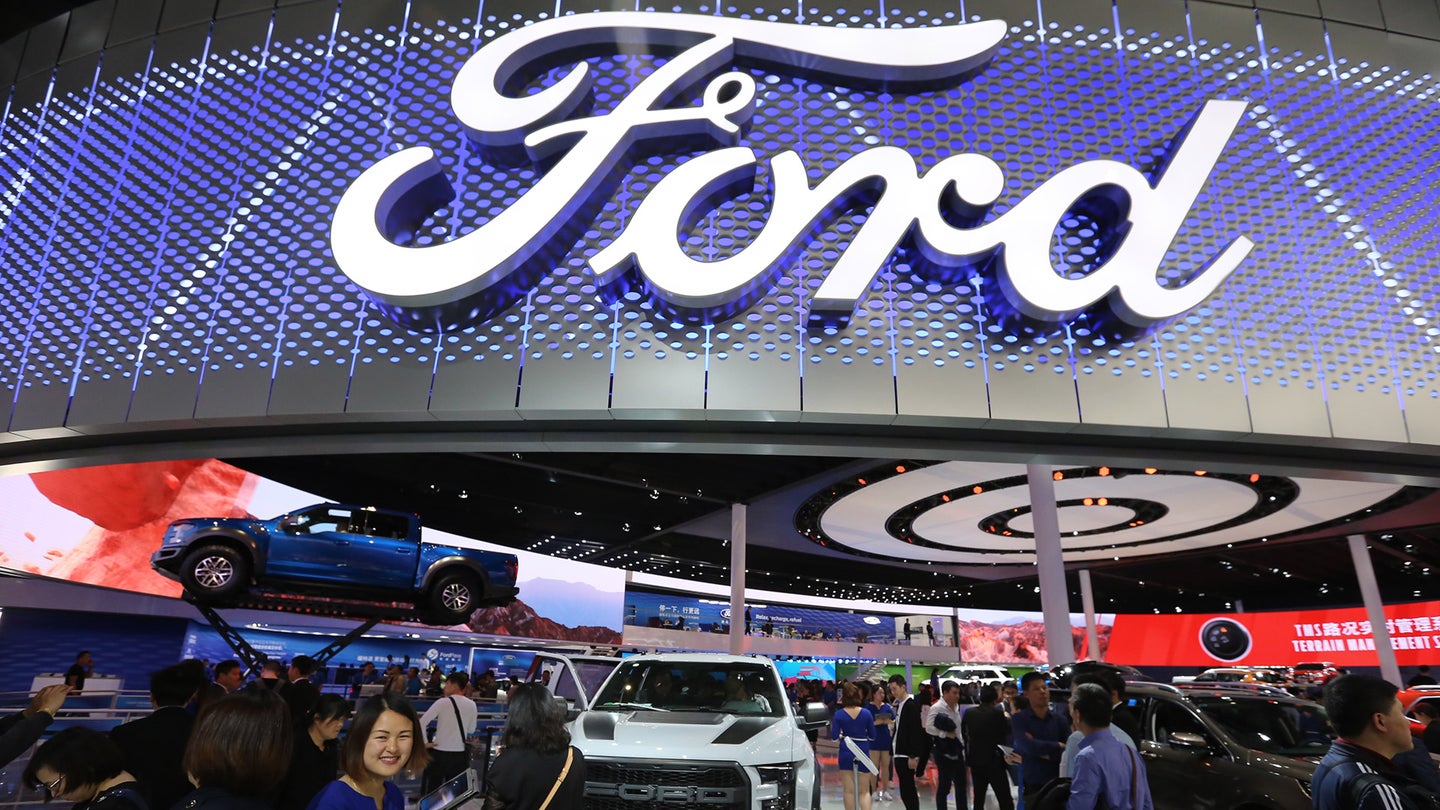Ford Planning $14 Billion Cost-Cutting Strategy Around Trucks, Crossovers and Electric Cars
Sedans and fuel-burning engines are on their way out at the Blue Oval.

The Blue Oval is looking to future-proof its plans. Ford will prioritize pickup truck and electric car development over the creation of sedans and internal-combustion engines over the next five years as part of a corporate strategy that aims to cut costs by $14 billion, CEO Jim Hackett told investors on Tuesday.
According to Reuters, Hackett said the plan includes shifting around $500 million away from internal-combustion development and routing it into the creation of electric and hybrid vehicles by 2022. That money, combined with Ford's previously-announced commitments, means the carmaker now plans $5 billion in EV and hybrid funding over the next few years—which will come in handy, as the company has already declared plans to crank out 13 new cars powered partially or fully by electric motors, including an F-150 Hybrid and a Mustang Hybrid, in that five-year span.
But Ford isn't planning on taking the internal-combustion engine out behind the factory and putting a bullet in the block. Hackett reportedly said the carmaker is aiming for one-third of its vehicles to still pack gas or diesel powerplants as of 2030.
In addition to the EV plans, Ford intends to double down on trucks and sport-utility vehicles in the next few years. (The company's shareholder news release described this as an area where "Ford can win the future.") The Blue Oval plans to move $7 billion from passenger car development over to SUVs and pickups, adding money for products like the new Ford Ranger and the forthcoming Bronco.
Ford also plans on reducing costs by sharing some of the burdens of future development with other companies wherever possible. The company cited existing partnerships with the likes of Lyft and Domino's in the realm of self-driving cars, as well as its exploration of alliances with India's Mahindra Group and China's Zoyte in order to expand and transform itself in those markets.
But much of the multi-billion-dollar cost savings, according to Hackett's briefing, will come from streamlining the production process, redesigning factories around modern and future technologies, and reducing the number of variations of models in the company's arsenal. The current Ford Fusion, for example, is available in a stunning 35,000 combinations of options, trims, colors, and the like; the next-generation Fusion will offer just 96.
